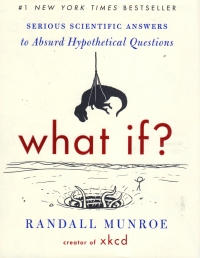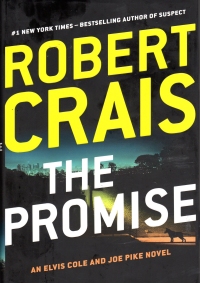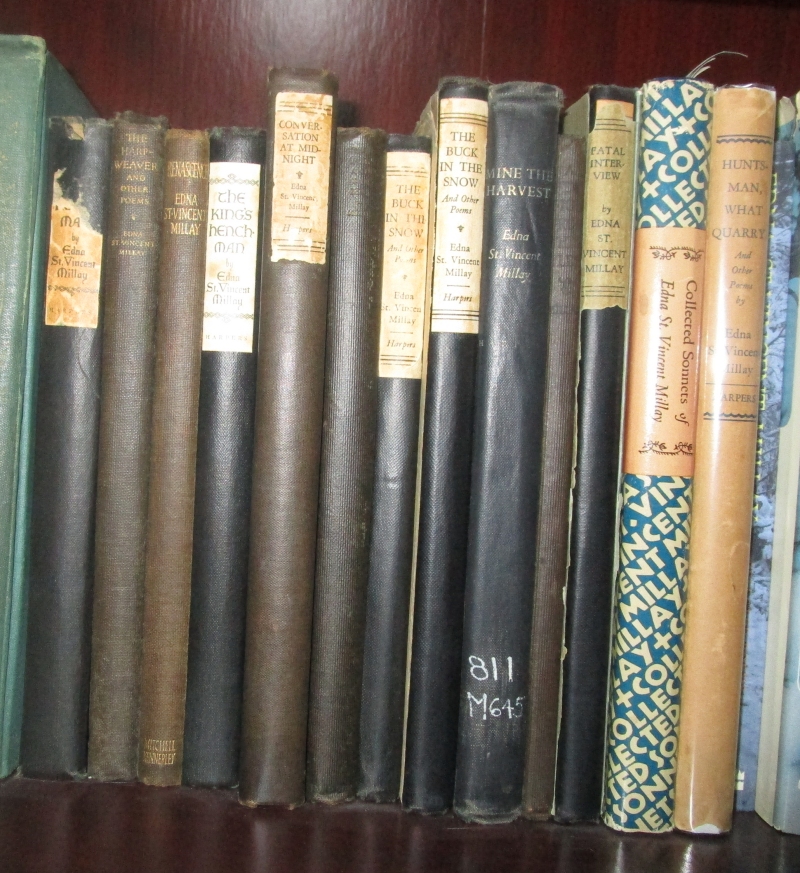 As you might know, gentle reader, I have a whole category on this blog dedicated to DeRooneyfication, wherein I try to clear out of my garage some small project or repair that has been out there a surprisingly long time. The latest example is the basketball hoop that needed a simple bit of decal gluing but remained unfinished in the garage for a number of years.
As you might know, gentle reader, I have a whole category on this blog dedicated to DeRooneyfication, wherein I try to clear out of my garage some small project or repair that has been out there a surprisingly long time. The latest example is the basketball hoop that needed a simple bit of decal gluing but remained unfinished in the garage for a number of years.
“Gee, Brian J.,” you might say. “I’d like to be like you and Andy Rooney and have stuff like that linger in my workshop for decades. Do you have any tips?”
Oh, boy, mister, do I!
On of my favorite ways to ensure that things pile up willy-nilly is a little technique I call The Blocker Project.
Now, a Blocker Project is a project that you want to complete, but you somehow dread the actual doing of it, and you avoid your workshop for weeks (or months! or years!) until you get brave enough to do it or, more likely, set it aside.
I inherited the lamp depicted to the right from my sainted mother, who inherited it from her mother because it was originally my grandfather’s. We’re not really table lamp people here (but, strangely, DeRooneyfication often involves lamps), so it never had a home on an end table at our home in Old Trees or here at Nogglestead. So it was put in the basement or in the garage. Eventually, it had a couple of chips in it, so I decided I would paint it. While painting it, I thought I’d tart it up a bit since it was just brown–you know, my grandmother was into painting ceramics–maybe this was one of her projects back in the day.
At any rate, that was some years ago. Back then, I believed that acrylic paints needed to dry overnight, so it was taking a long time, and I was probably disappointed with the imperfect job I was doing. So no doubt things other projects and raw materials purchased at garage sales piled up during the week or two I was actively working on it, and the time after that when I meant to finish it, but didn’t.
Eventually, it made its way to a corner of the workspace, where apparently it’s been chipped even more in the interim.
Since I worked with acrylic paints on the aforementioned basketball hoop and learned how quickly they dry, I set the lamp back center stage.
And felt a sense of, if not dread, certainly disinclination to work on it. It’s gathered a couple of chips since the first time I painted it, so I might have to repaint the brown parts. Do I still have paints to match that? Will I have to cover some of the existing painted parts that I have because I haven’t matched a paint color? Do I have a steady enough hand to paint the finer parts, or will the slight imperfections be the only things I see when I look at the completed project?
A Blocker Project like this can put you months behind in any projects you hope to complete and can leave you, like Andy and I (well, just I now, but Andy is here with us in spirit) meaning to fix that chair soon. Maybe next week. But not with that other thing you don’t want to do on the workbench right now.
(Sadly, I’ve not followed my advice in this post: I recognized and named the phenomenon, which gave me power to put the lamp back in its corner for a little while longer so I can do some other things.)
; technically, she might be pop.
; as you probably know, I bought this on vinyl.
; I bought about fifty of his tracks, which is, what, four or five albums’ worth (he does offer CD compilations, but I made my own).



 Sweet Christmas, this is the second book in a row that I really enjoyed. I’m wonder if I am not doing the reading-for-pleasure thing correctly this year that I’m so surprised when I really enjoy a book.
Sweet Christmas, this is the second book in a row that I really enjoyed. I’m wonder if I am not doing the reading-for-pleasure thing correctly this year that I’m so surprised when I really enjoy a book. This book has been on my to-read shelf for a while, and I don’t know why. I enjoy Robert Crais’ books more than a lot of the stuff I read. How big of a fan am I? I once spent an afternoon going through microfiche old PDFs of Spider-Man comic books
This book has been on my to-read shelf for a while, and I don’t know why. I enjoy Robert Crais’ books more than a lot of the stuff I read. How big of a fan am I? I once spent an afternoon going through microfiche old PDFs of Spider-Man comic books 
 As you might know, gentle reader, I have a whole category on this blog dedicated to
As you might know, gentle reader, I have a whole category on this blog dedicated to 
